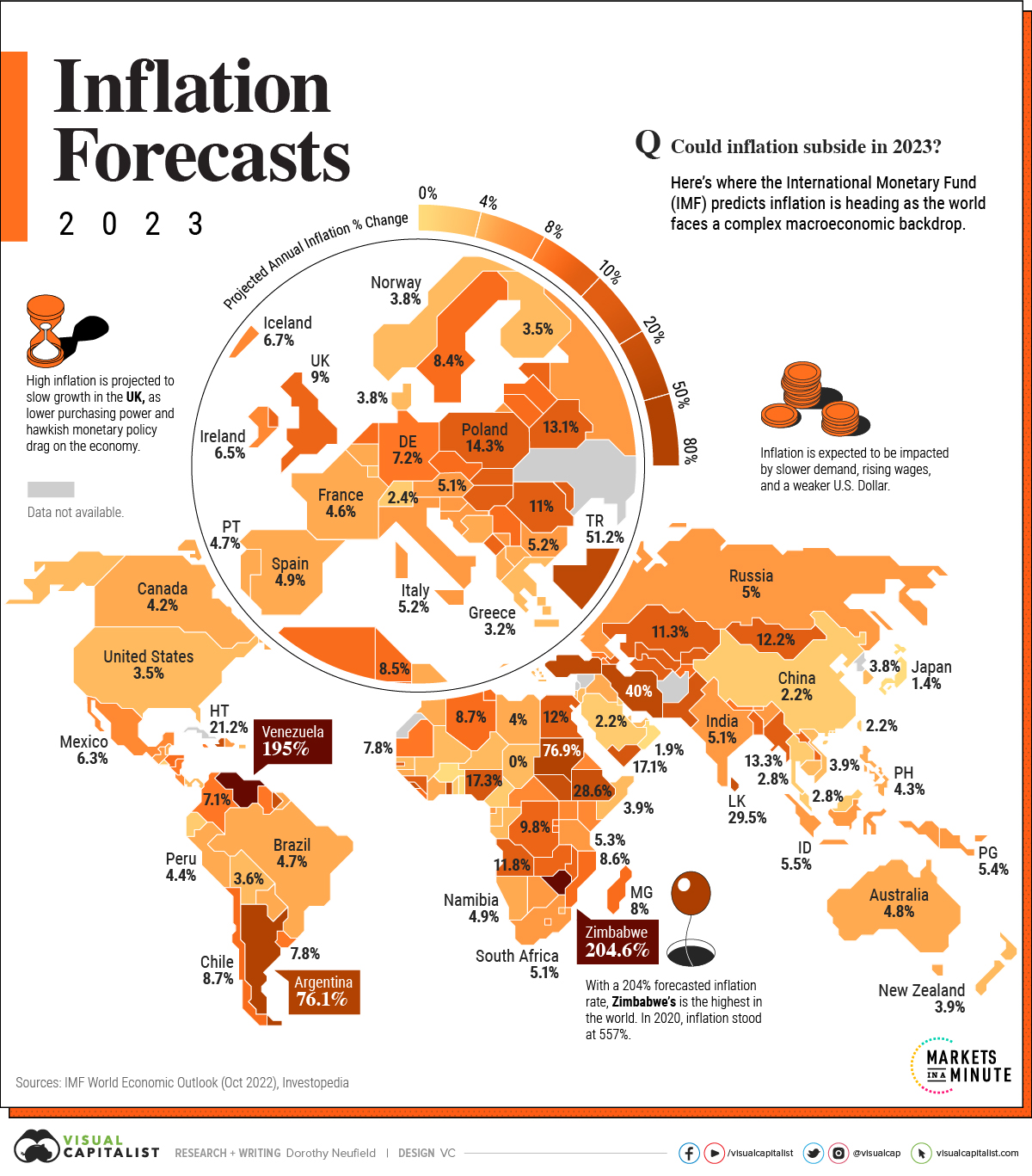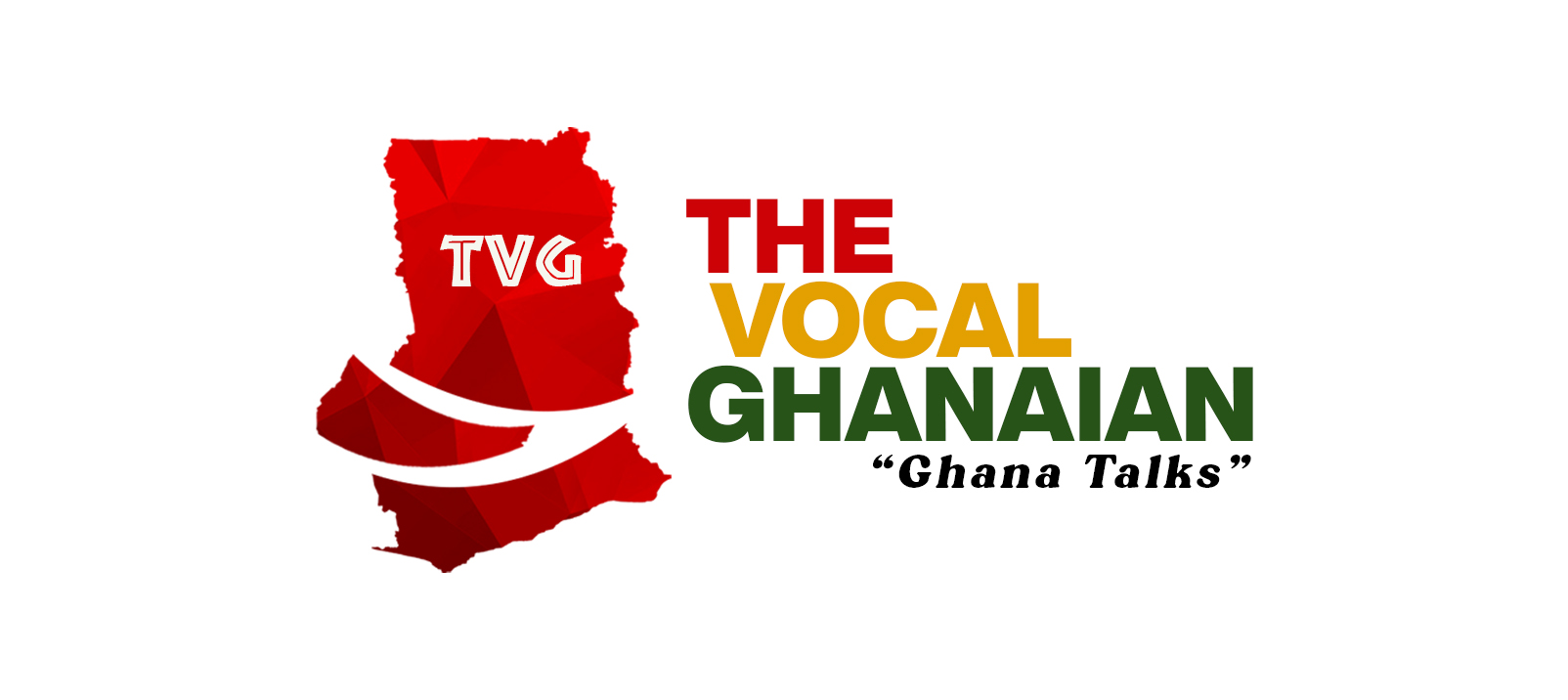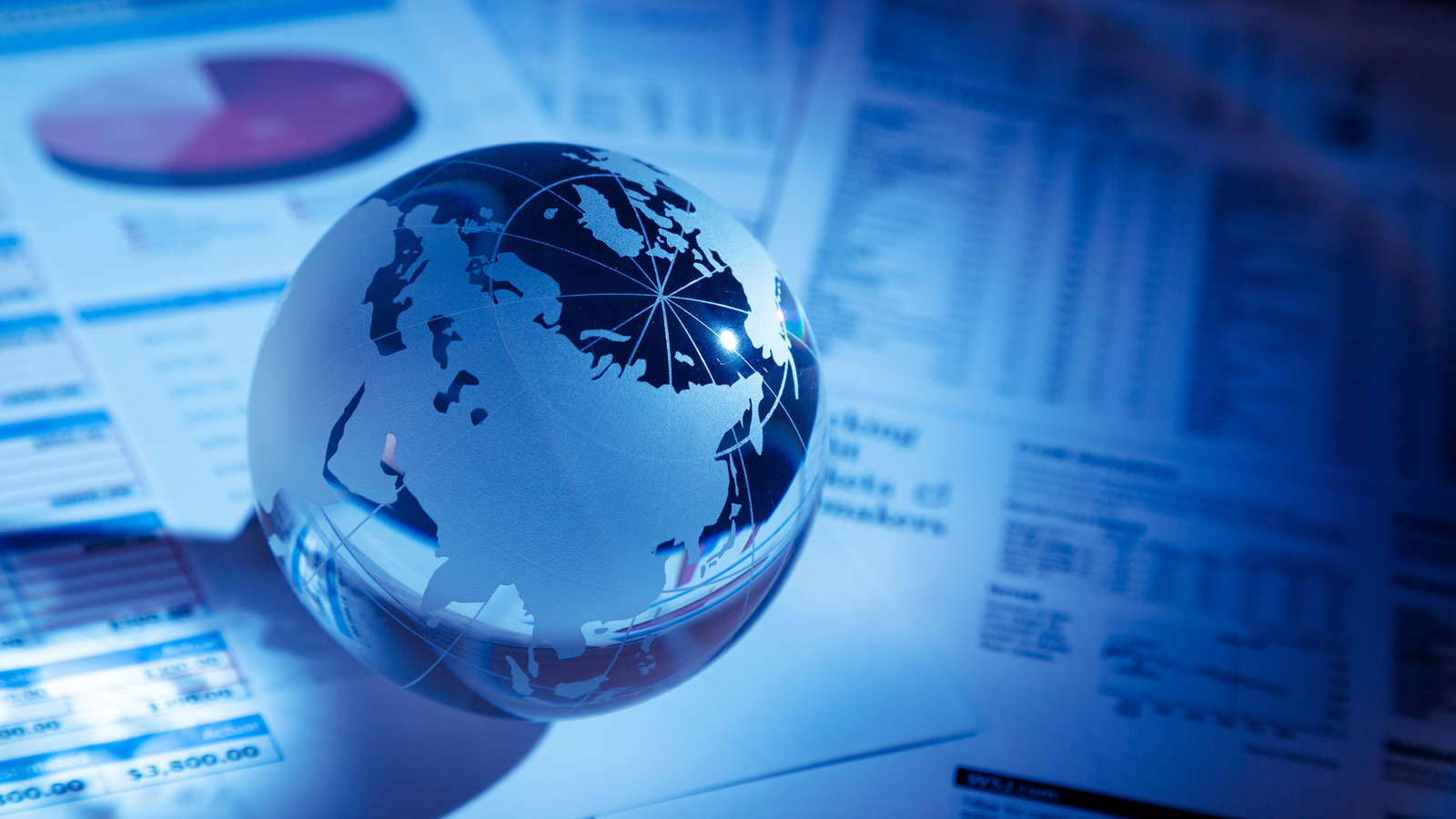In recent times, the world has witnessed a concerning surge in inflation, sending shockwaves through economies and impacting the everyday lives of individuals. From soaring commodity prices to increased consumer costs, inflation has become a pressing concern for governments, businesses, and households alike. This article aims to analyze the current state of global inflation, its underlying causes, and the potential consequences it poses to the global economy.
Understanding Inflation
Inflation, at its core, refers to the sustained increase in the general price level of goods and services within an economy over time. It erodes the purchasing power of money, leading to a decrease in the value of currency. Central banks worldwide typically aim to maintain a stable inflation rate, often targeting a specific level, to strike a balance between economic growth and price stability.
Rising Inflationary Pressures
One of the primary factors contributing to the current wave of inflation is the disruption caused by the COVID-19 pandemic. The pandemic unleashed a unique set of circumstances, such as supply chain disruptions, labor shortages, and unprecedented government stimulus measures, which have created an environment ripe for rising prices.
Supply Chain Bottlenecks
The pandemic-induced disruptions in global supply chains have created shortages and logistical challenges for businesses across industries. The scarcity of critical raw materials and components has driven up production costs, resulting in higher prices for finished goods.
Labour Market Challenges
Many economies are grappling with labour market imbalances caused by pandemic-related layoffs and skill gaps. The mismatch between available jobs and skilled workers has led to wage pressures and increased labour costs for businesses. These higher labour costs are often passed on to consumers through price hikes.
Government Stimulus Measures
To counteract the economic fallout from the pandemic, governments worldwide injected massive fiscal stimulus into their economies. While these measures provided relief to individuals and businesses, the influx of money supply has also fueled inflationary pressures, as excessive liquidity finds its way into the markets.
Commodity Price Surge
Another crucial factor contributing to inflation is the sharp increase in commodity prices. Rising demand, coupled with supply disruptions caused by factors such as extreme weather events and geopolitical tensions, has led to soaring prices for essential commodities like oil, metals, and food. These cost increases eventually trickle down to consumers in the form of higher prices for goods and services.
Consequences and Challenges
The current inflationary environment presents several challenges and potential consequences for the global economy.
Reduced Purchasing Power: As prices rise, the purchasing power of individuals and households diminishes. This leads to a decline in their standard of living, particularly for those with fixed incomes or limited savings. The increased cost of living can have severe implications, especially for low-income households, exacerbating income inequality.
Central Bank Dilemma: Central banks are now faced with a delicate balancing act. While their primary mandate is to maintain price stability, excessively tightening monetary policy to combat inflation risks stifling economic growth. Striking the right balance is crucial to prevent a prolonged period of economic stagnation.
Global Economic Slowdown: Inflation can hamper economic growth by reducing consumer spending and business investment. Higher production costs eat into profit margins, leaving businesses with fewer resources for expansion and hiring. Additionally, rising interest rates aimed at curbing inflation can increase borrowing costs and dampen investment activity.
Policy Implications
To address the challenges posed by inflation, policymakers must adopt a multi-faceted approach.
Central Bank Measures: Central banks may need to tighten monetary policy to rein in inflationary pressures gradually. This could involve raising interest rates, reducing quantitative easing programs, or adjusting reserve requirements. However, the timing and pace of these measures must be carefully calibrated to avoid abrupt shocks to the economy.
Supply Chain Resilience: Governments and businesses must focus on building resilient and diversified supply chains to mitigate disruptions caused by future crises. This may involve reducing dependence on a single country or region for critical supplies and investing in technologies that enhance supply chain transparency and efficiency.
Fiscal Prudence: Governments should adopt prudent fiscal policies that strike a balance between providing necessary economic stimulus and maintaining long-term fiscal sustainability. Careful consideration should be given to the impact of fiscal measures on inflationary pressures.
Investment in Human Capital: Addressing labour market challenges through investments in education and retraining programs can help bridge the skills gap and alleviate wage pressures. By ensuring a skilled workforce, economies can enhance productivity and competitiveness, which can ultimately help contain inflation.
In Conclusion
The world finds itself in the midst of a global inflationary surge, driven by a complex interplay of factors stemming from the COVID-19 pandemic. As prices continue to rise, individuals, businesses, and policymakers must navigate the challenges that lie ahead. Striking a delicate balance between controlling inflation and supporting economic growth will be critical to achieving stability and ensuring a prosperous future.


